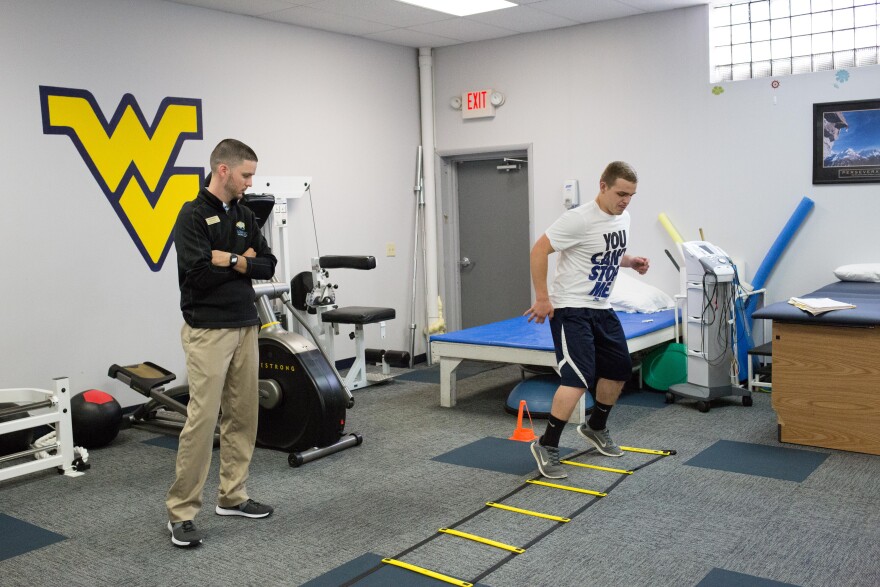A Rural Radio Station's Fight To Stay On Air, Inside Appalachia
This week, the federal government has taken back millions of dollars set aside for public radio stations. Allegheny Mountain Radio is among those fighting to stay on the air. Also, a book by a West Virginia artist illustrates the tiny worlds of mountain critters, like a lizard that changes color. And, geocaching gets folks outside to play detective and find hidden treasures.
Continue Reading Take Me to More News
























